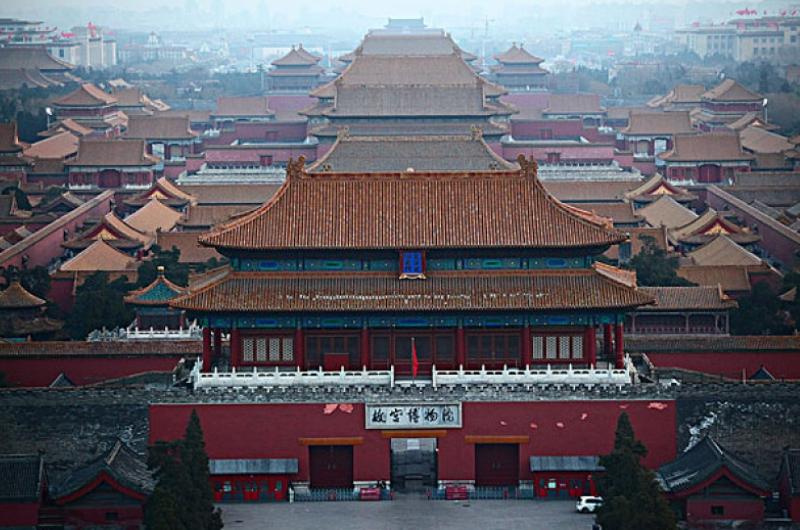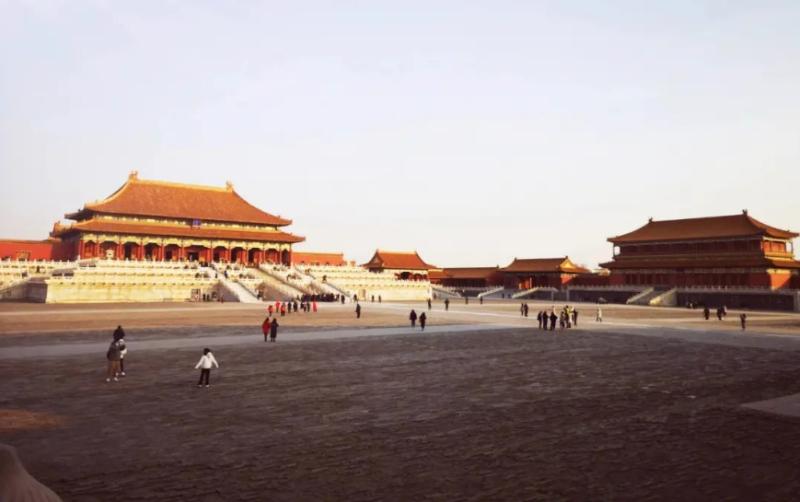What is the Forbidden City in Beijing today?
**The Forbidden City in Beijing: Fusion of Past and Present, Ever Radiant**
I. Ancient Forbidden City: Symbol of Royal Power
The ancient Forbidden City in Beijing served as the imperial palace during the Ming and Qing dynasties, housing emperors and their administrative functions. Luxurious and magnificent, it epitomized the prestige of royalty, with every corner reflecting the elevated status of the emperor. Beyond its walls lay a realm strictly off-limits, shrouding its true essence from commoners.

II. Modern Forbidden City: Open Hall of Cultural Heritage
Today, the Forbidden City has transformed into a museum, welcoming the public. Thousands of visitors flock here to witness the grandeur of ancient imperial life and delve into the profound depths of Chinese culture.

III. Functional Transformation: From Power Hub to Cultural Disseminator
No longer a symbol of power, the modern Forbidden City serves as a disseminator of culture. The Palace Museum houses a vast collection of precious artifacts, showcasing ancient Chinese history and culture while promoting the dissemination and exchange of Chinese culture.
IV. Management and Preservation: Guardians of Cultural Heritage
Remarkable progress has been made in the management and preservation of the modern Forbidden City. Measures are in place to protect precious artifacts, and cultural exchange activities are actively conducted to promote the dissemination of Chinese culture.
V. Historical and Cultural Value: Radiant as Ever
Despite its functional transformation, the Forbidden City's historical and cultural value remains as radiant as ever. Architectural marvels such as the Hall of Supreme Harmony and the Palace of Heavenly Purity continue to exude the grandeur and dignity of ancient times, carrying forward the reverence and preservation of traditional culture.
Expanding on the Comparison:
The evolution of the Forbidden City from a closed imperial residence to an open cultural heritage site reflects China's journey from its imperial past to its modern-day openness and cultural exchange. While once a symbol of imperial authority, the Forbidden City now stands as a symbol of China's rich history and cultural legacy, inviting people from around the world to explore and appreciate its treasures.
Furthermore, the transformation of the Forbidden City highlights China's commitment to preserving its cultural heritage while adapting to the changing times. Through modernization and innovation in management and conservation practices, the Forbidden City continues to safeguard its treasures for future generations, ensuring that its legacy remains intact for centuries to come.
In essence, the Forbidden City serves as a bridge between China's past and present, embodying the nation's enduring spirit and cultural richness. As visitors wander through its halls and courtyards, they not only witness the splendor of China's imperial history but also gain a deeper understanding of its cultural significance and enduring legacy.
note: This return of all, without the author's permission, may not be reproduced